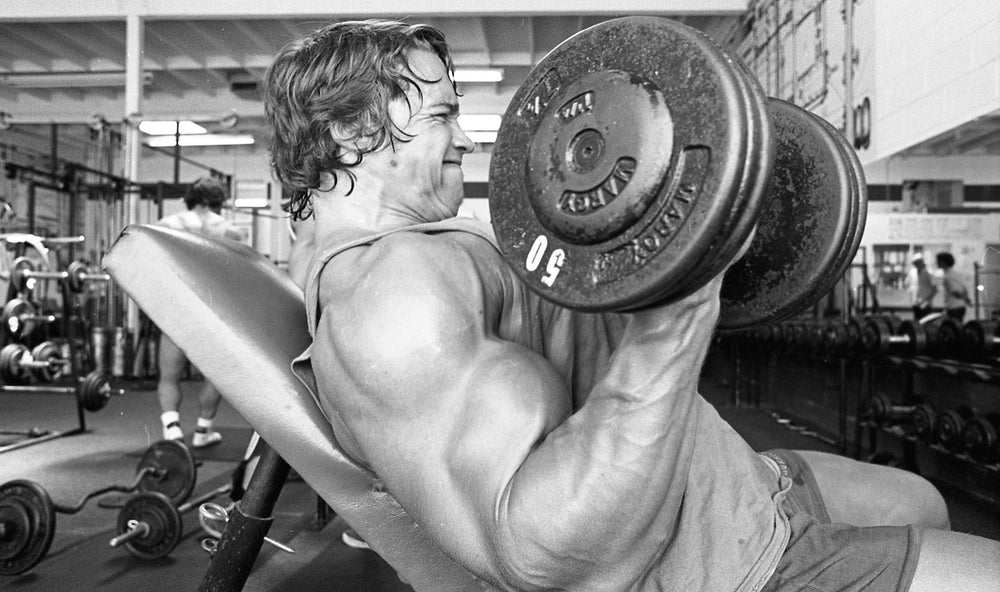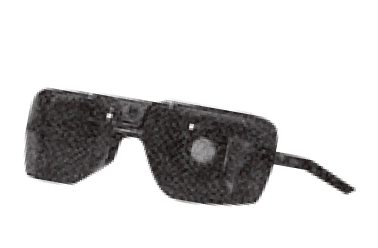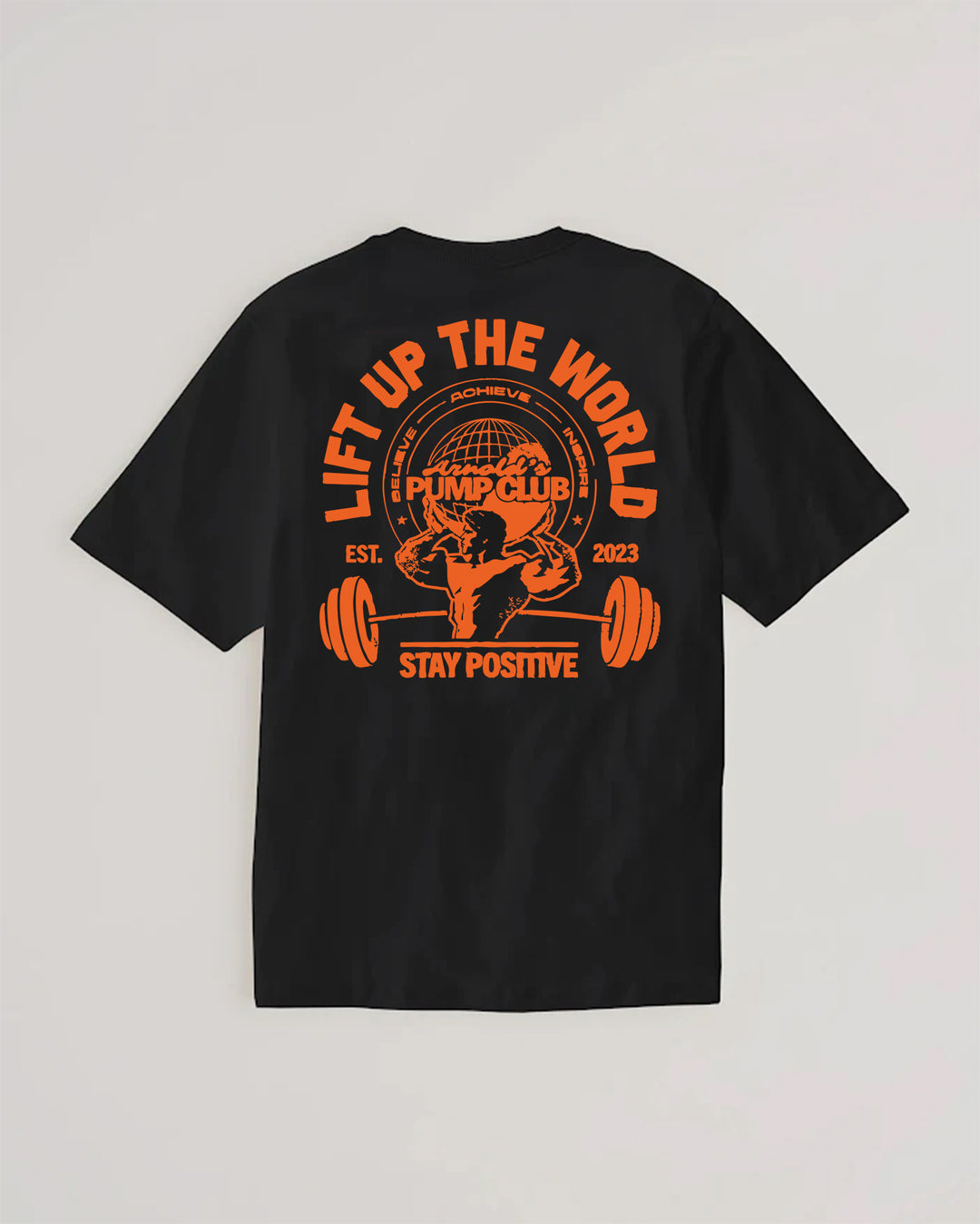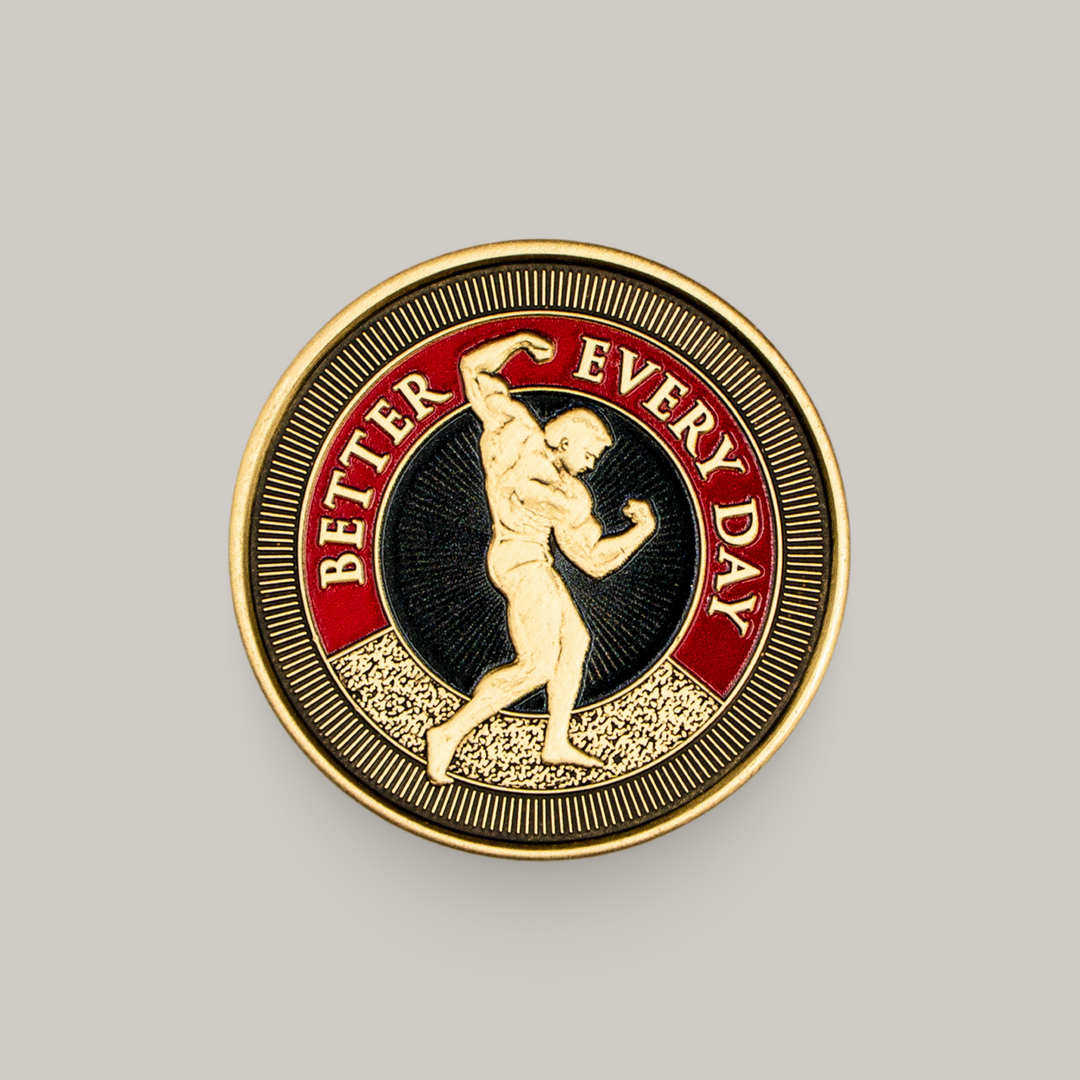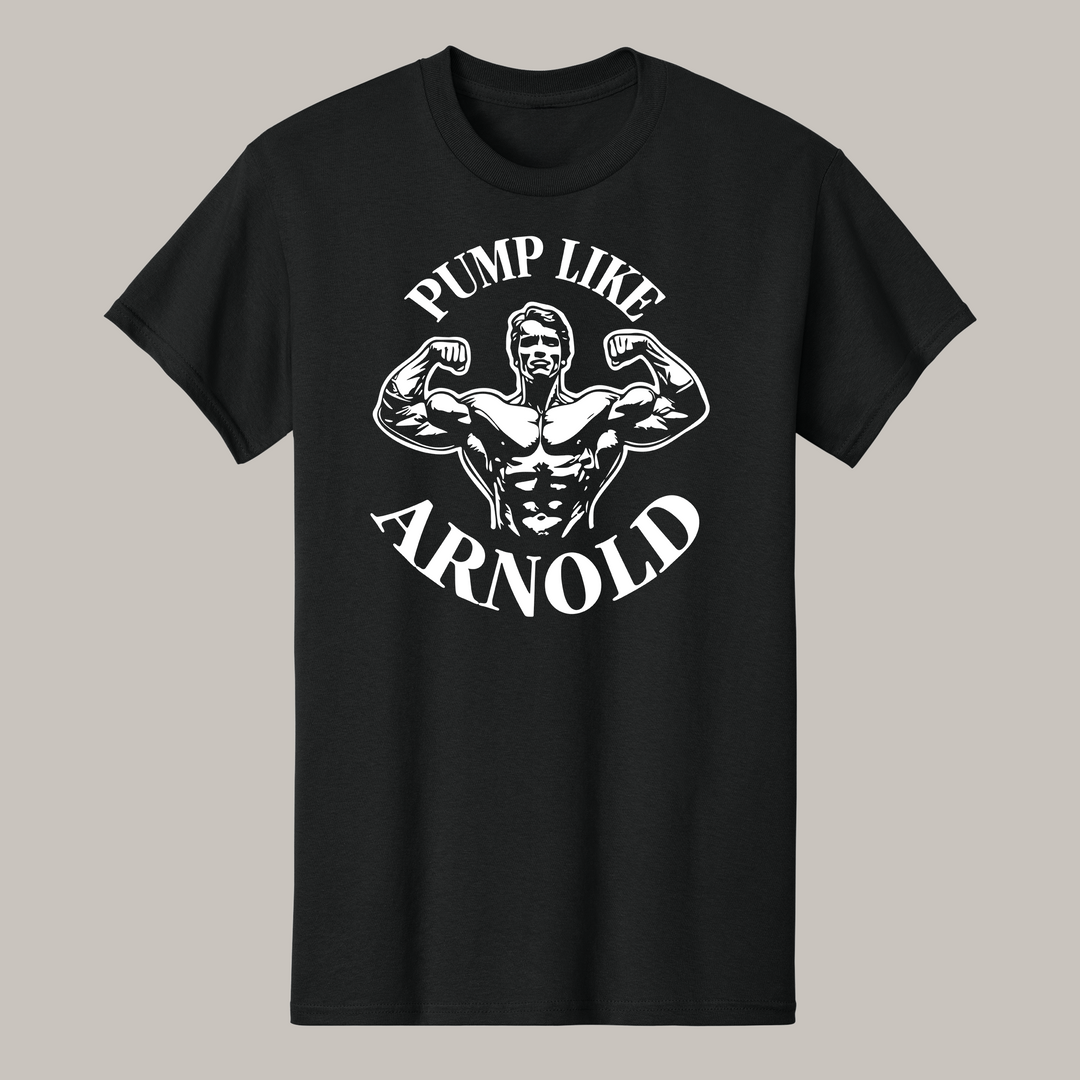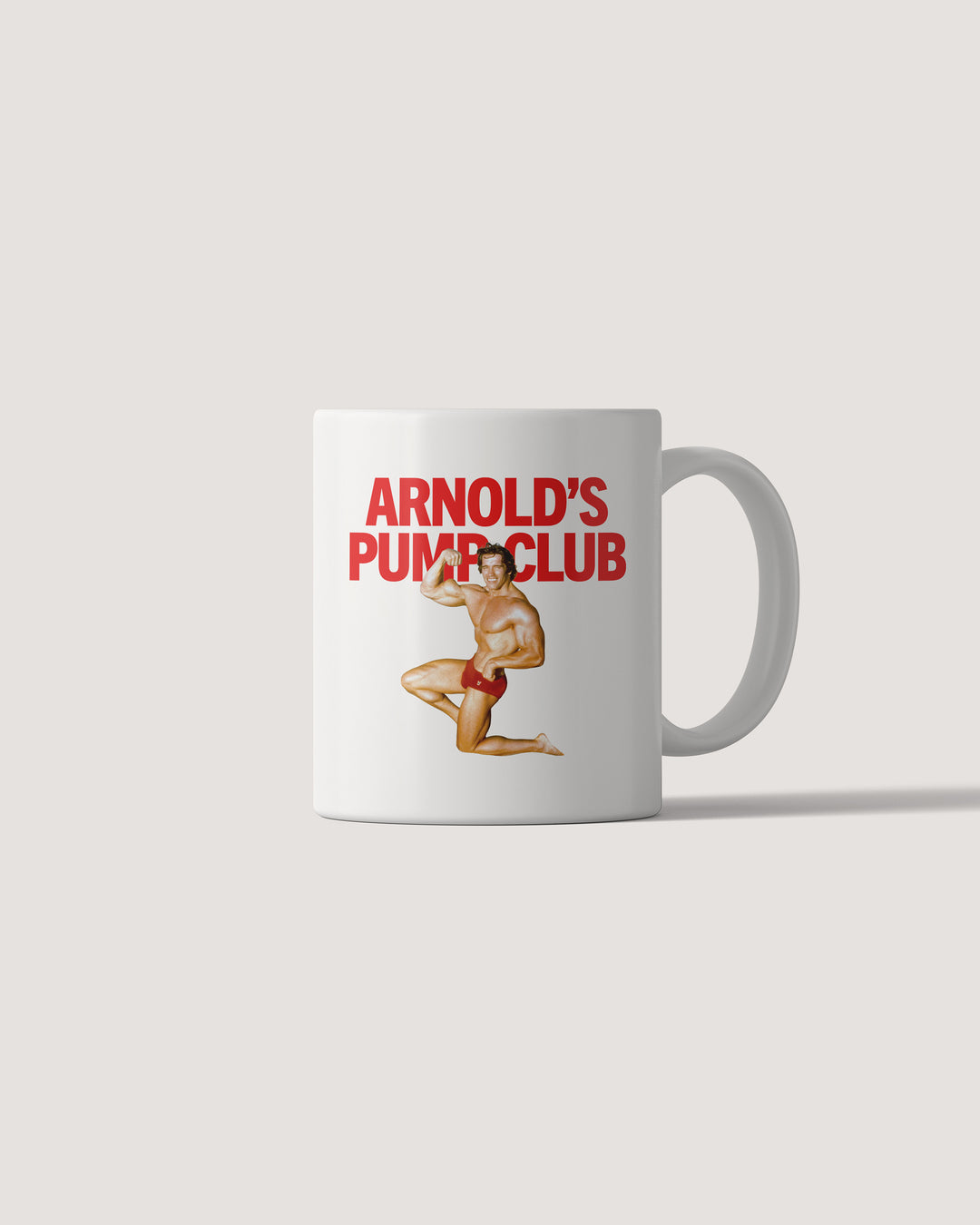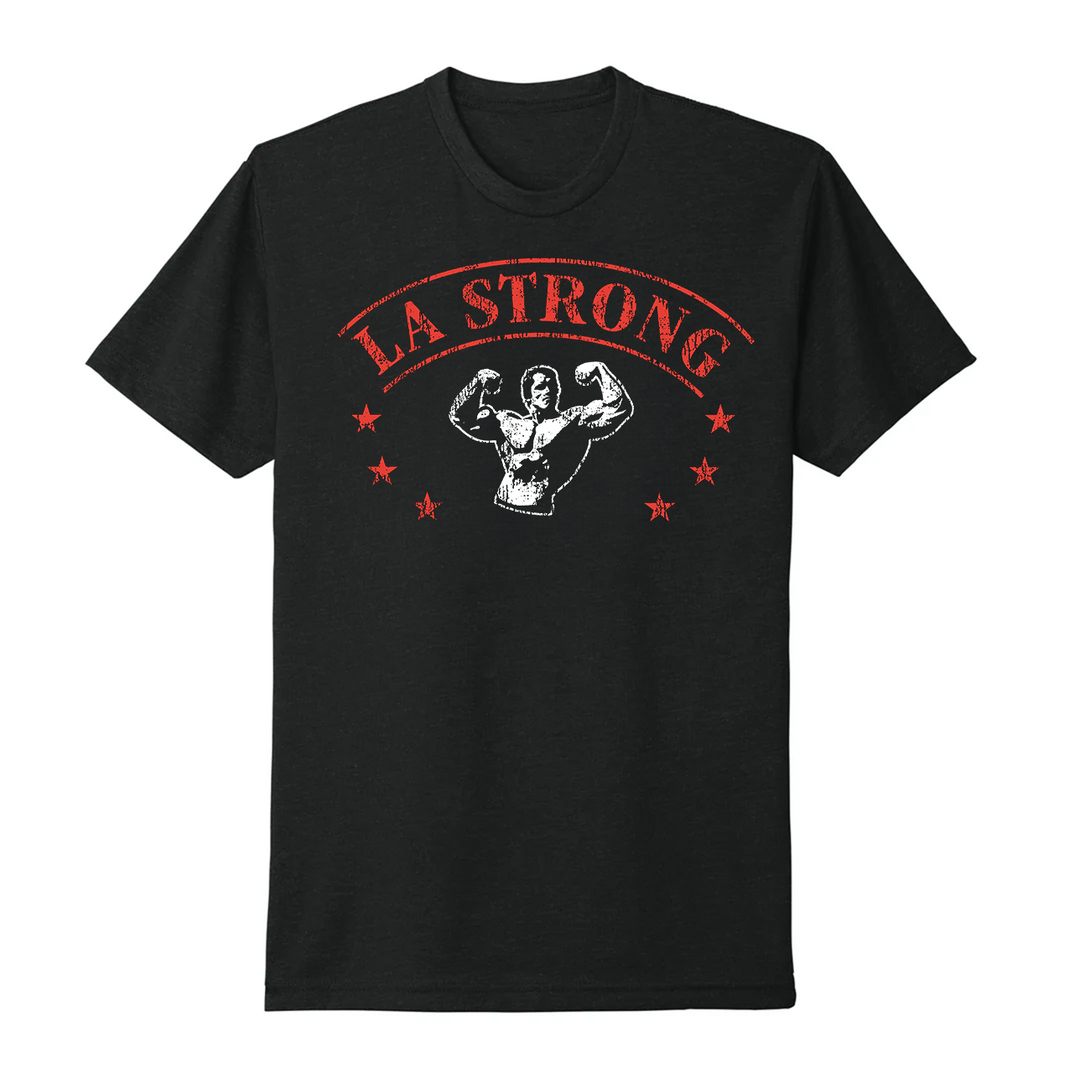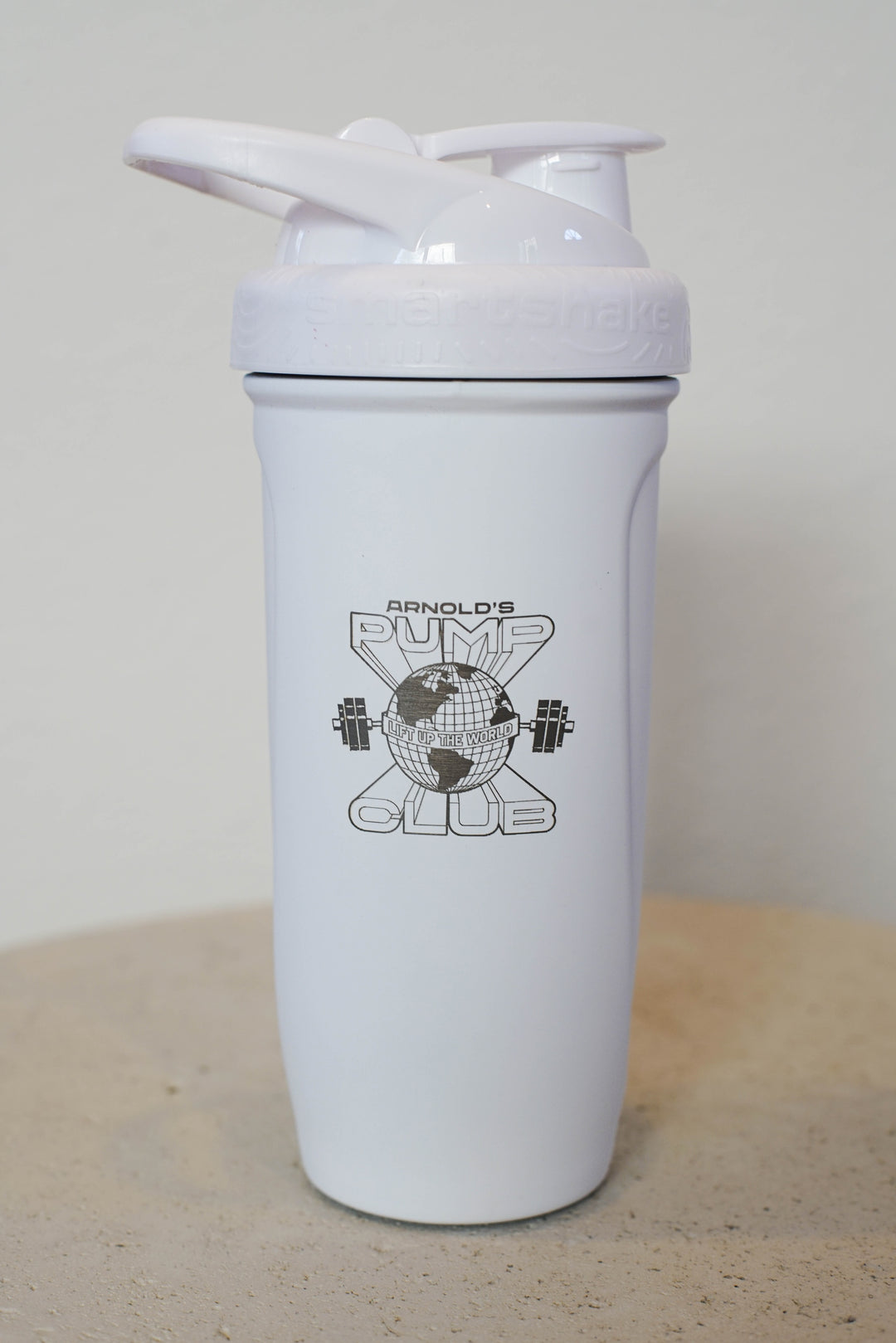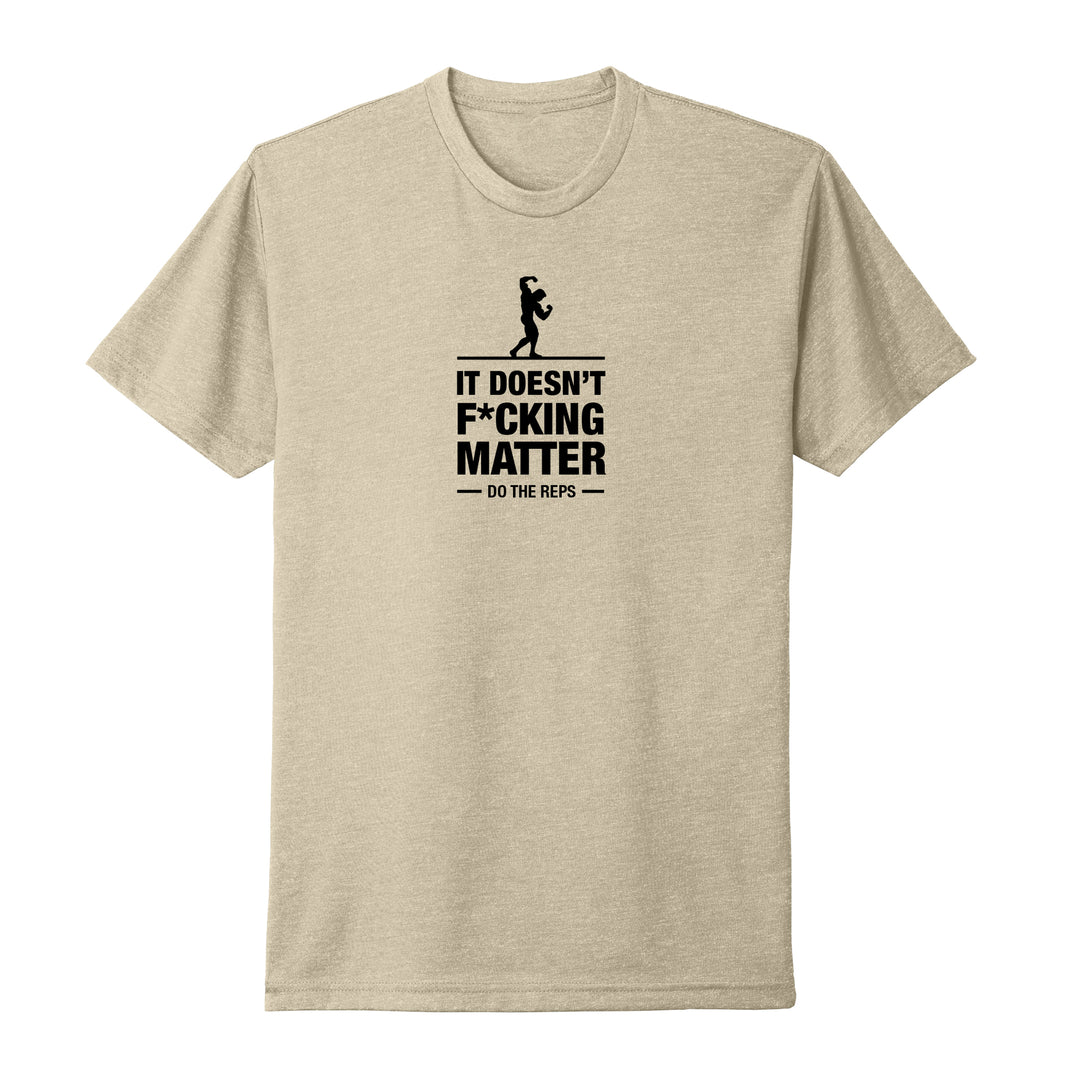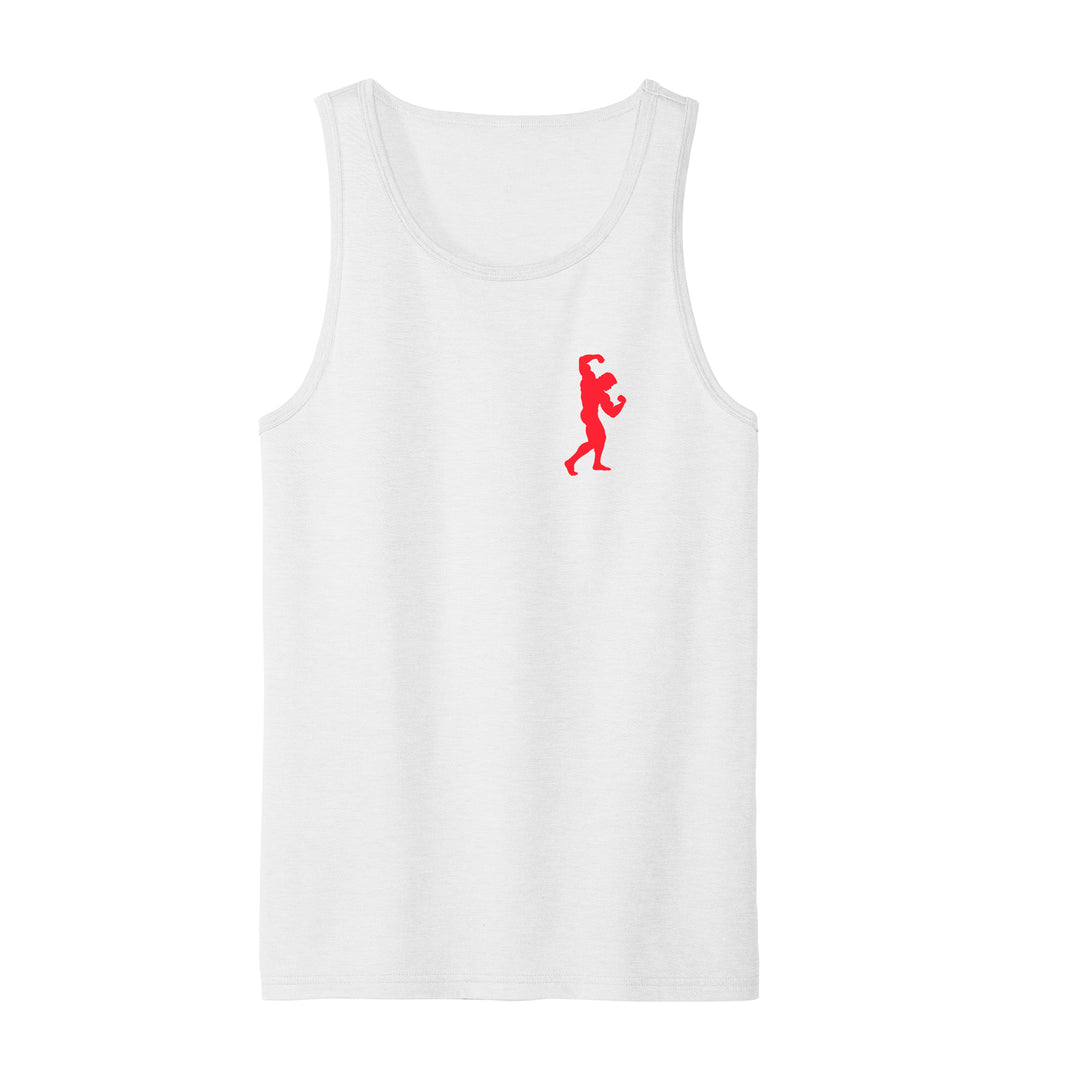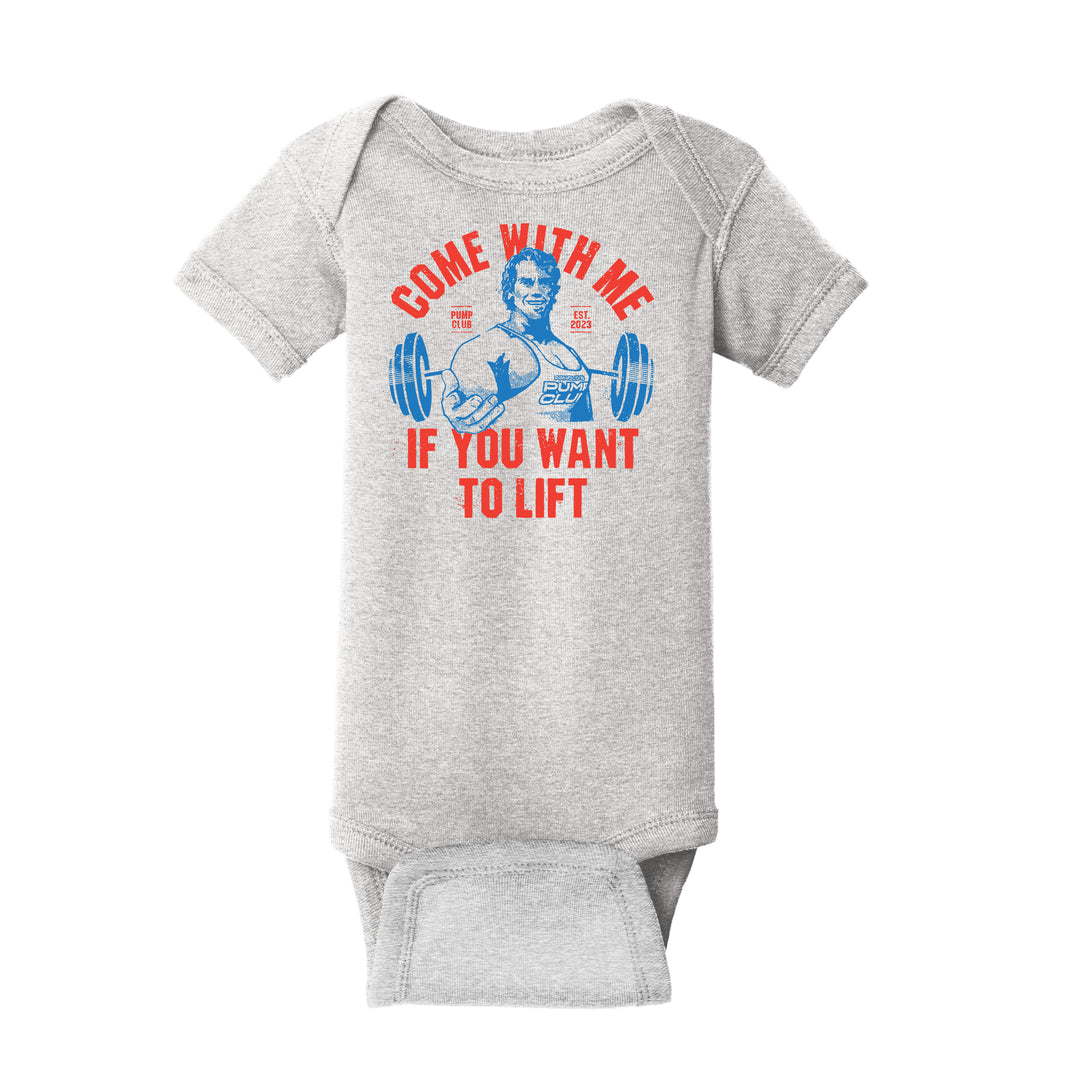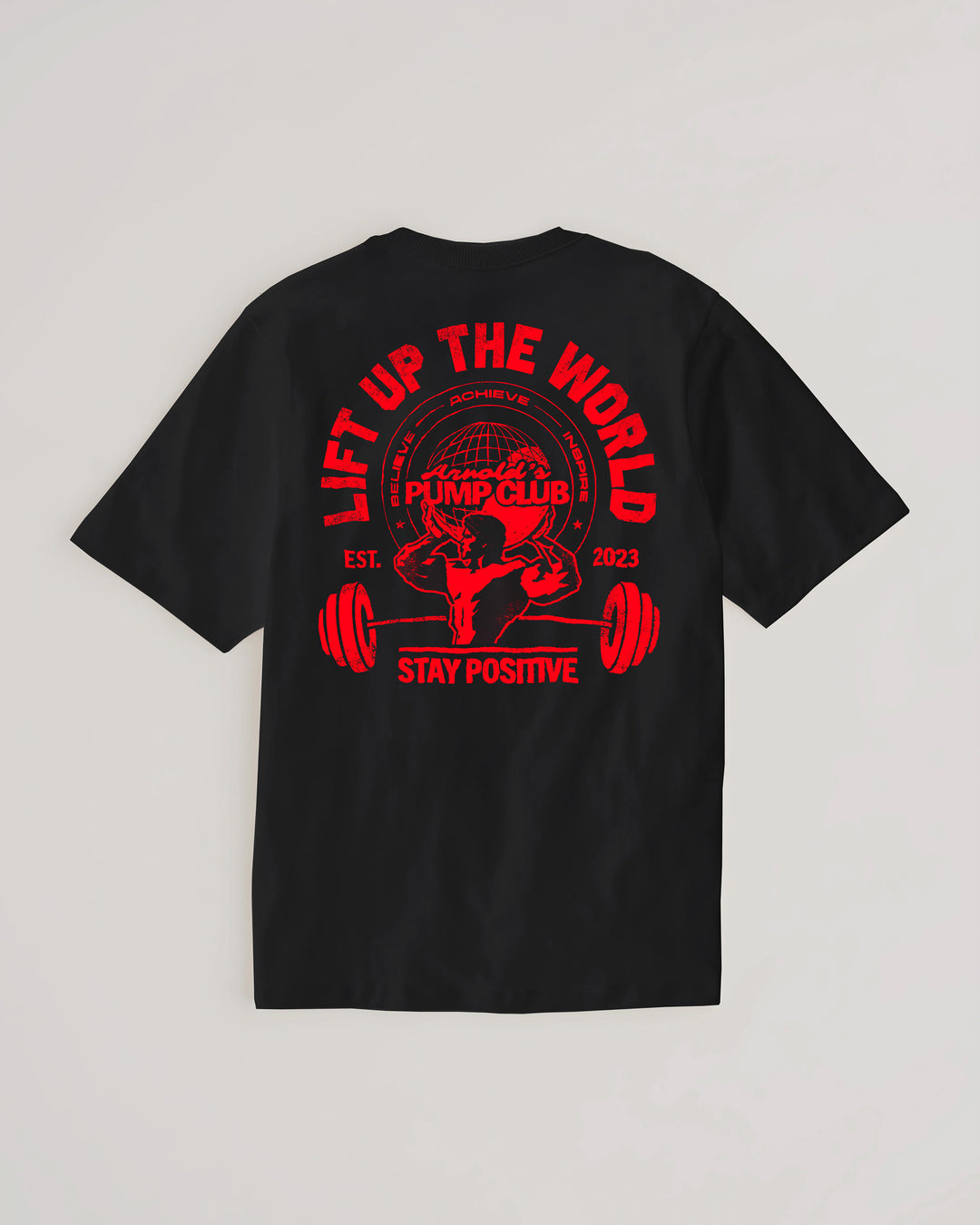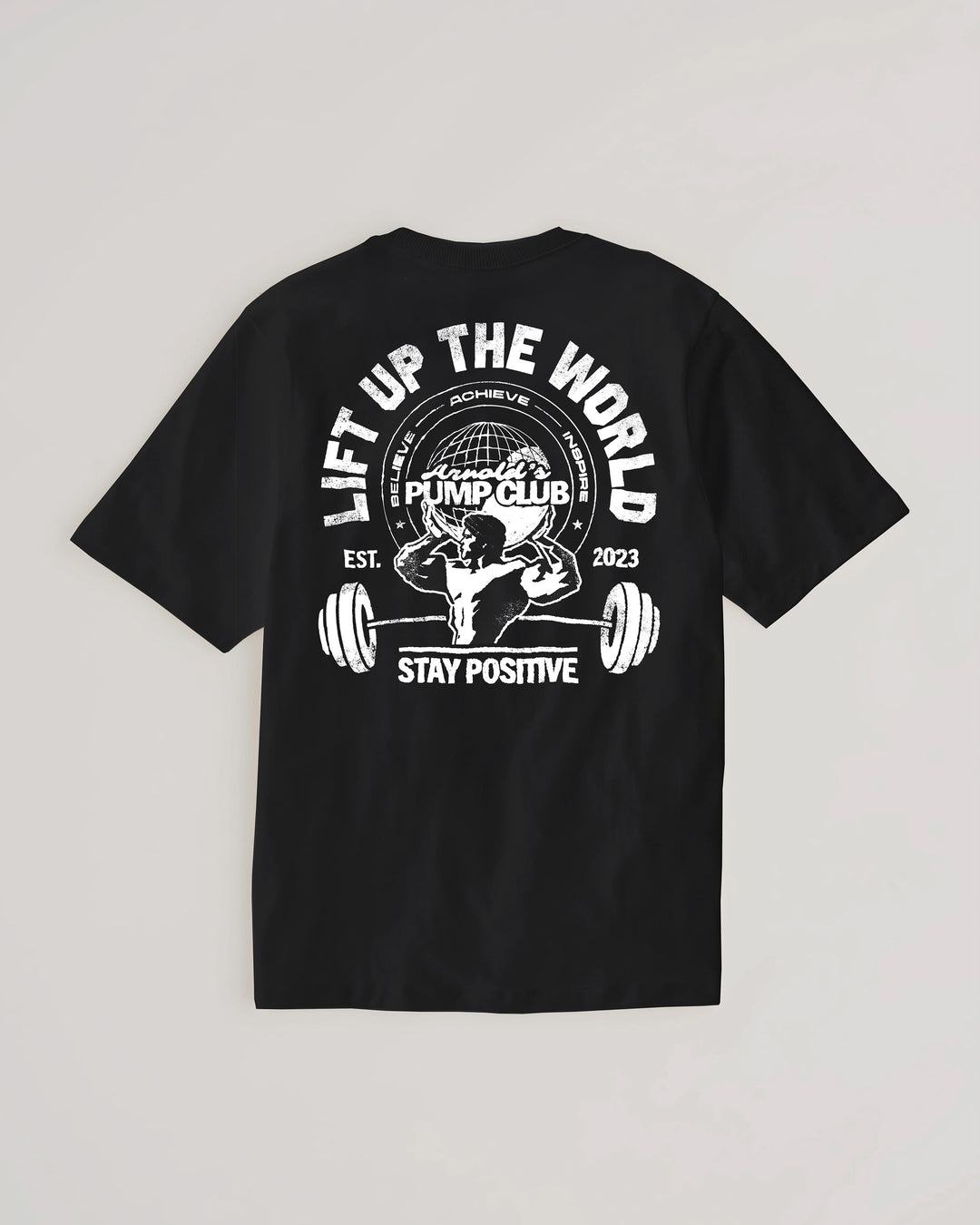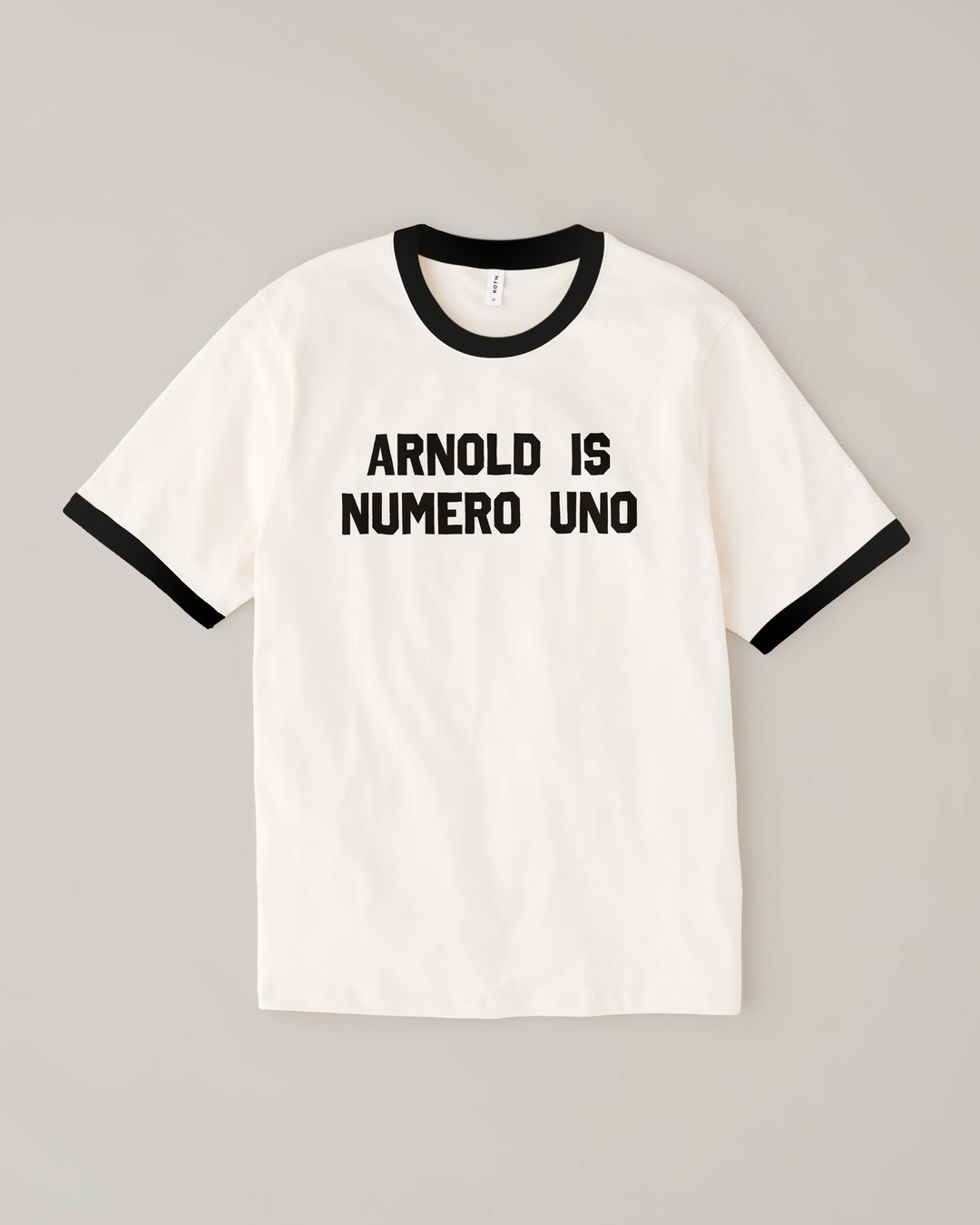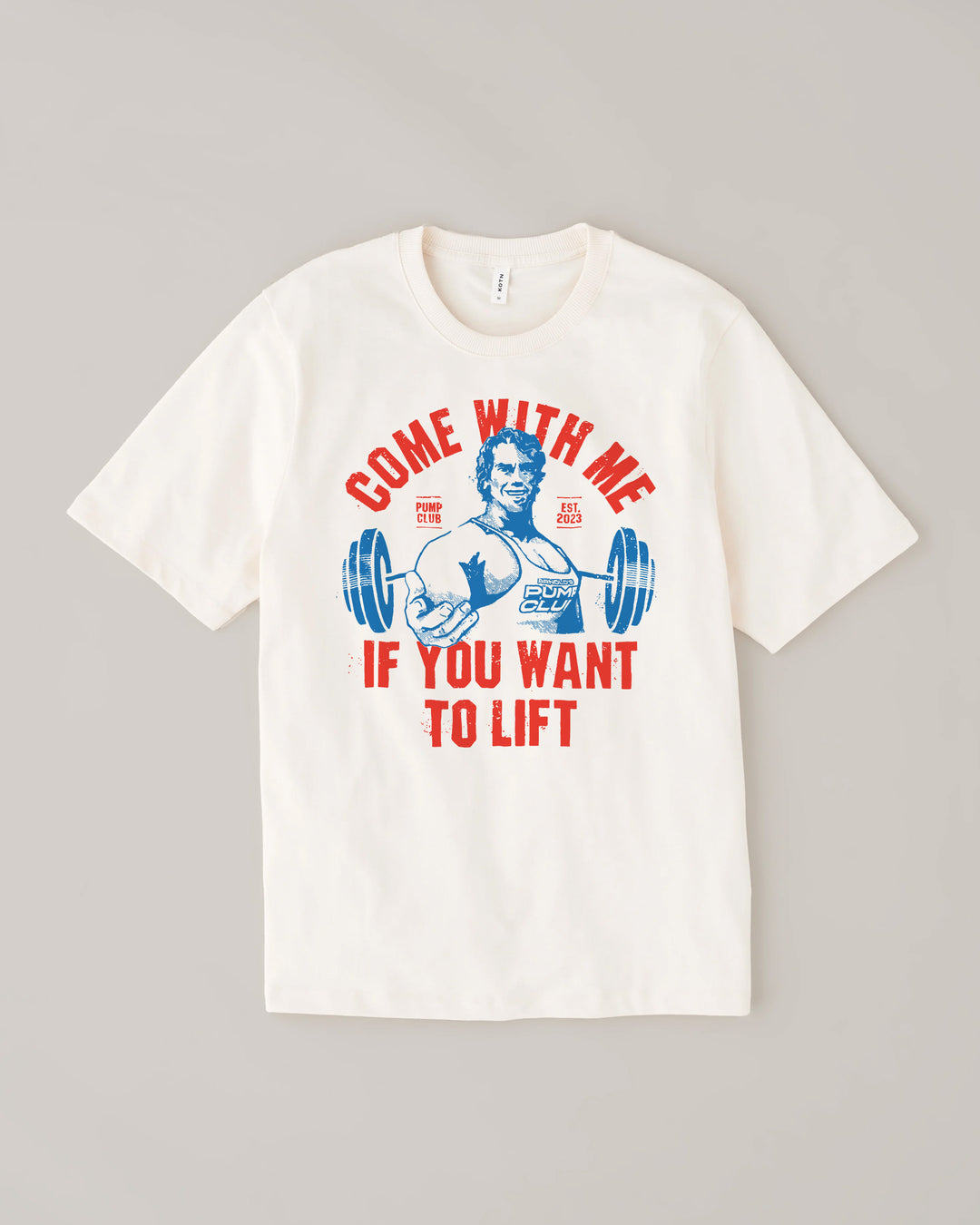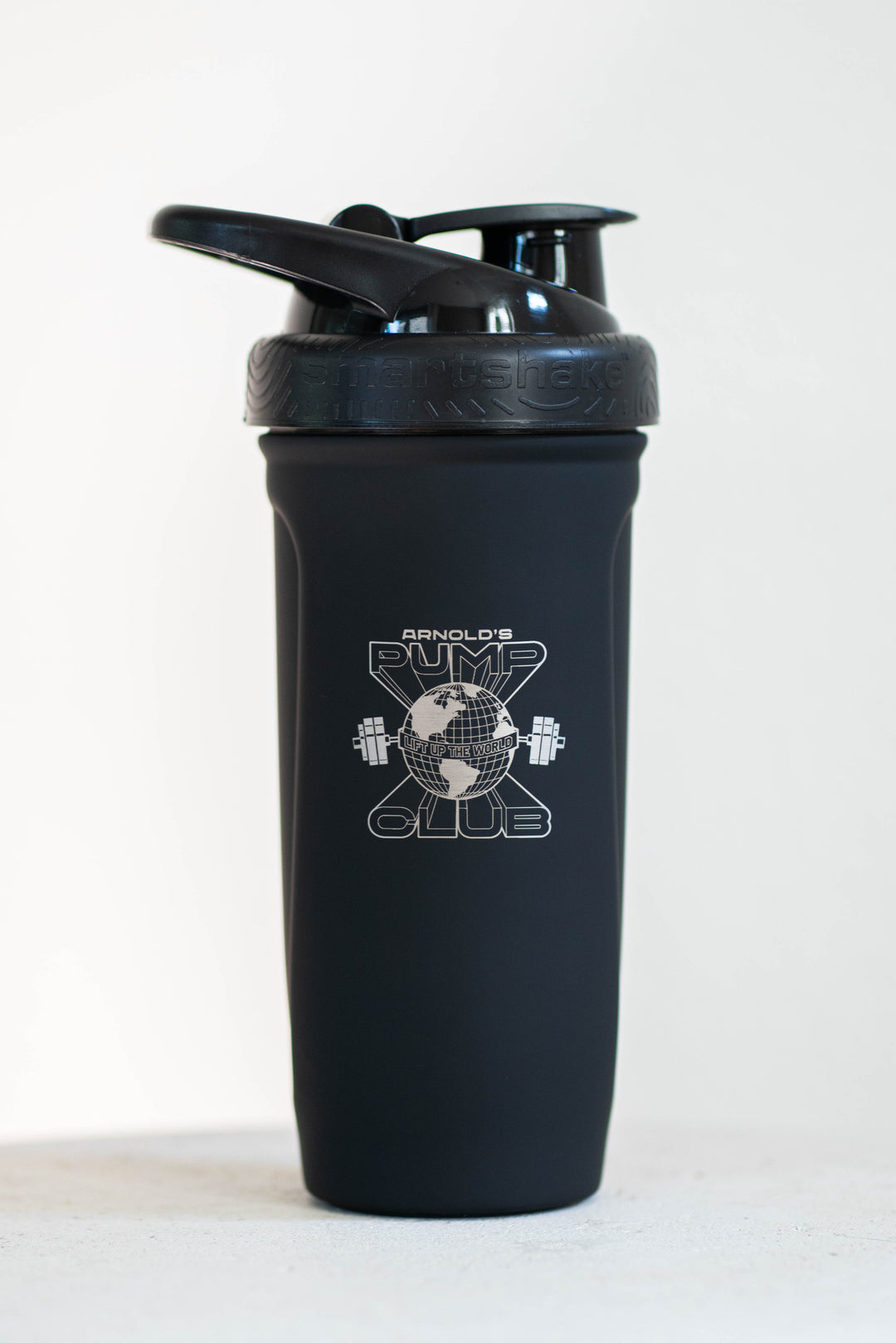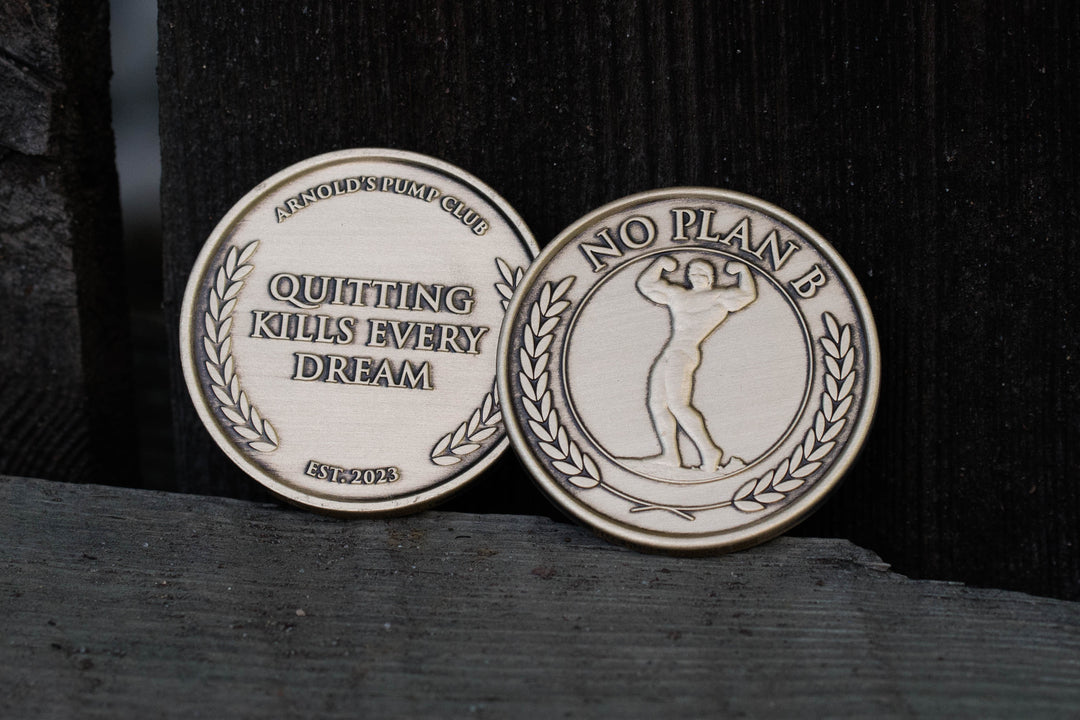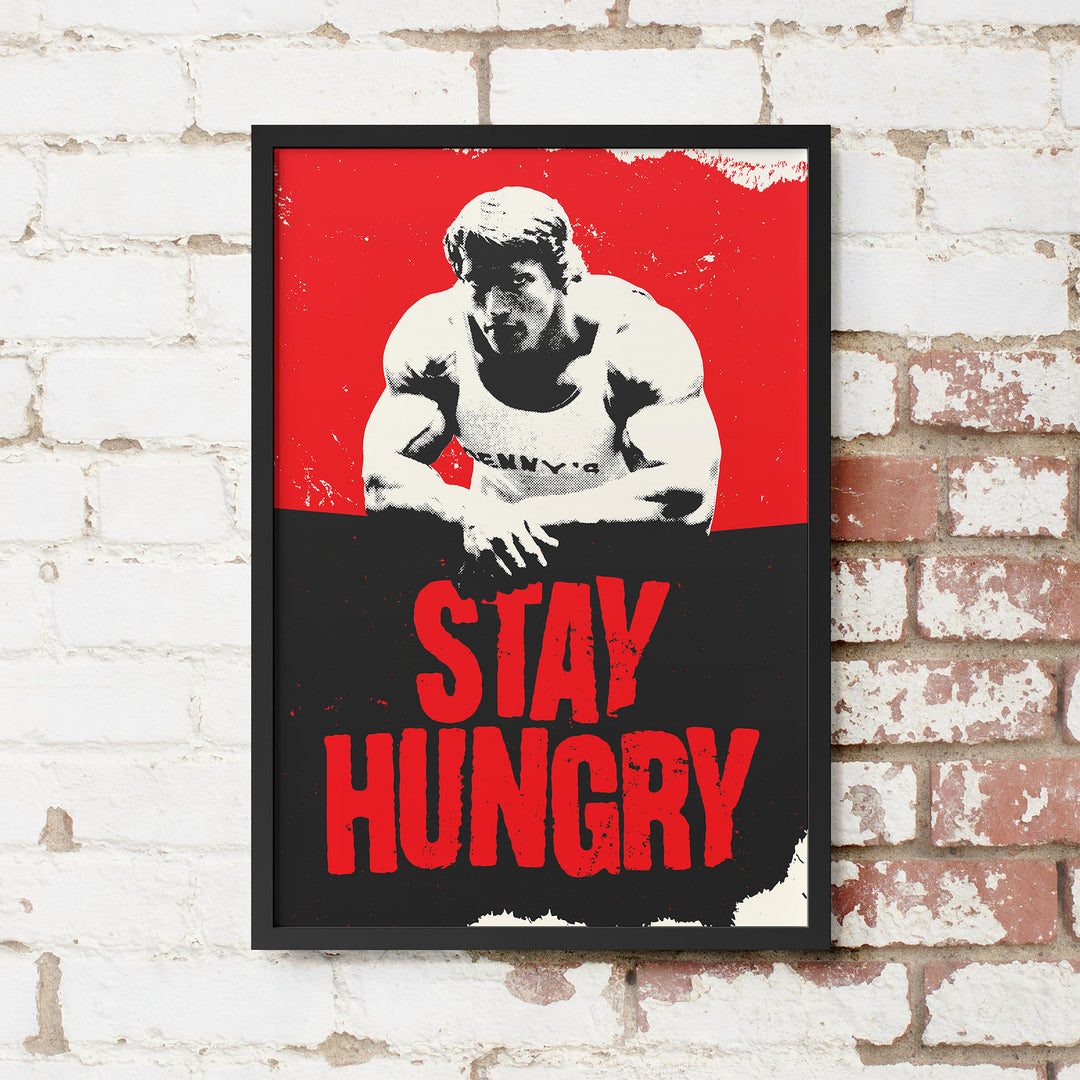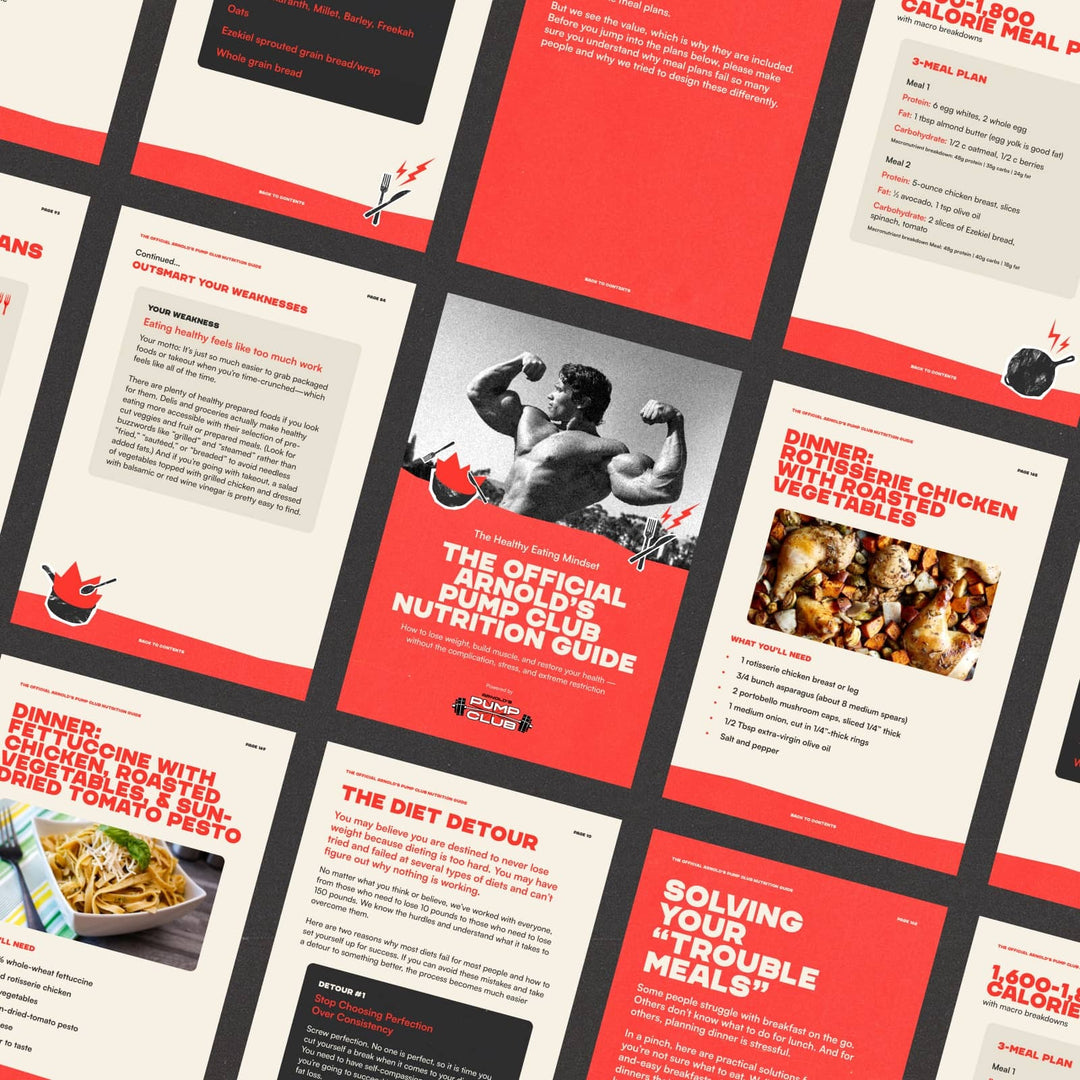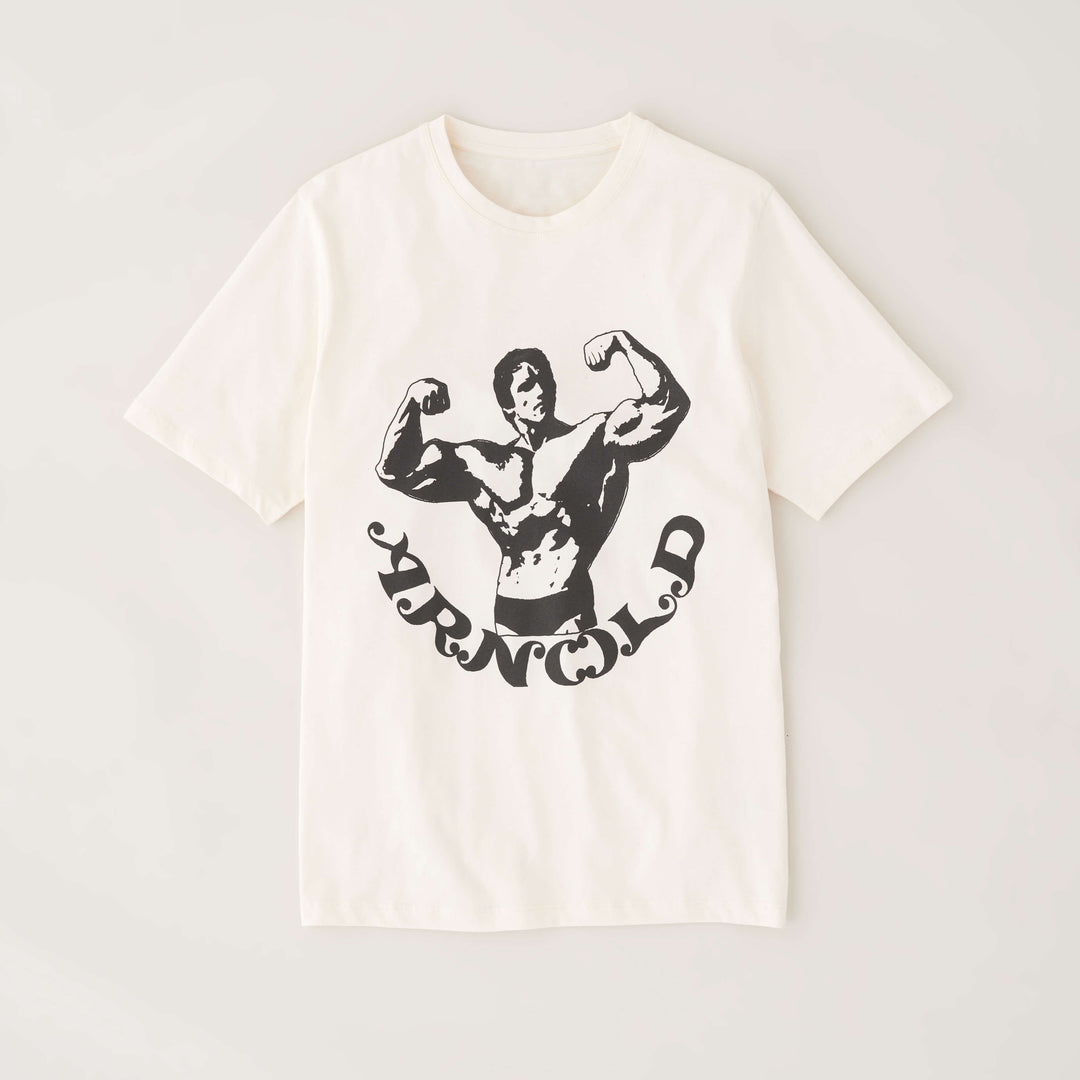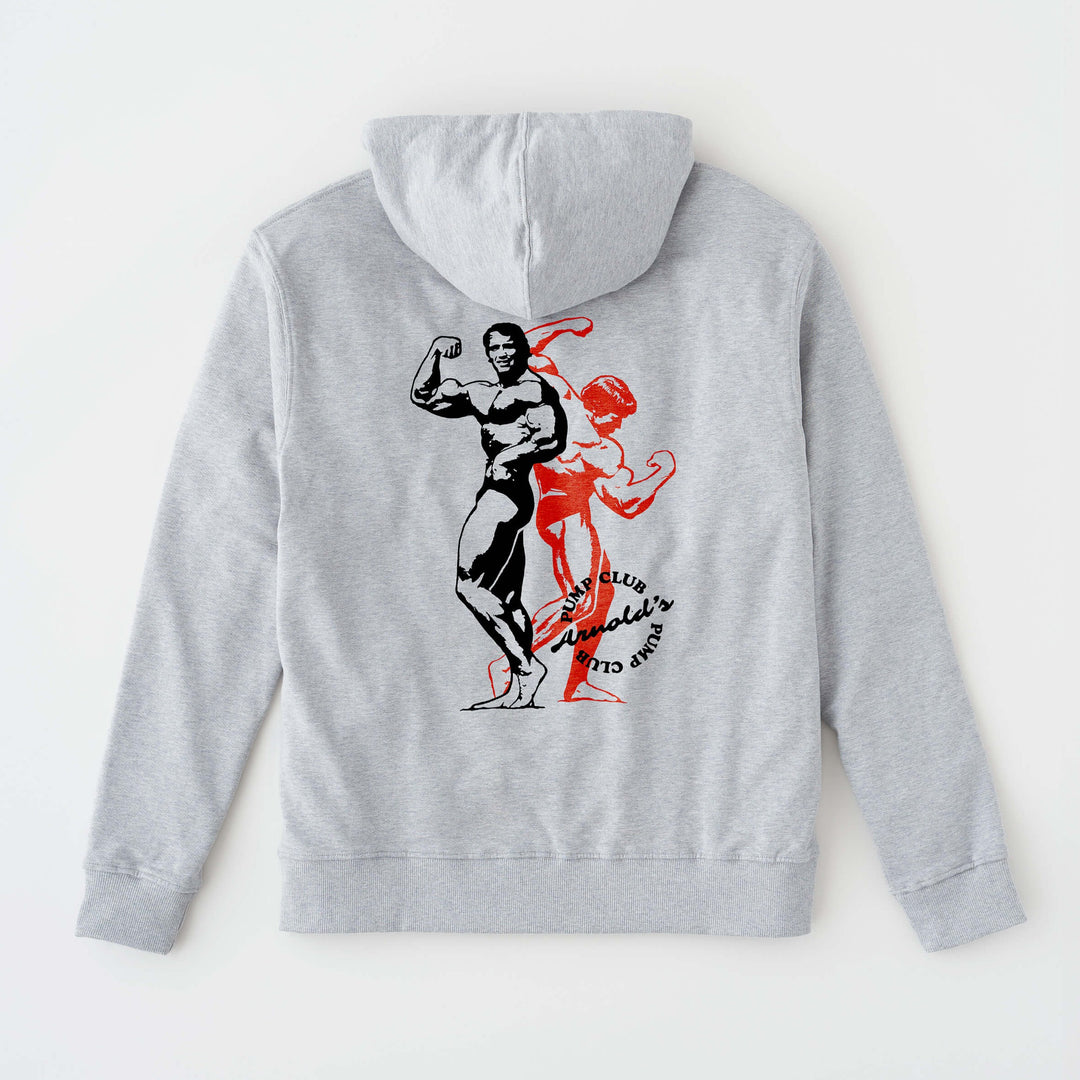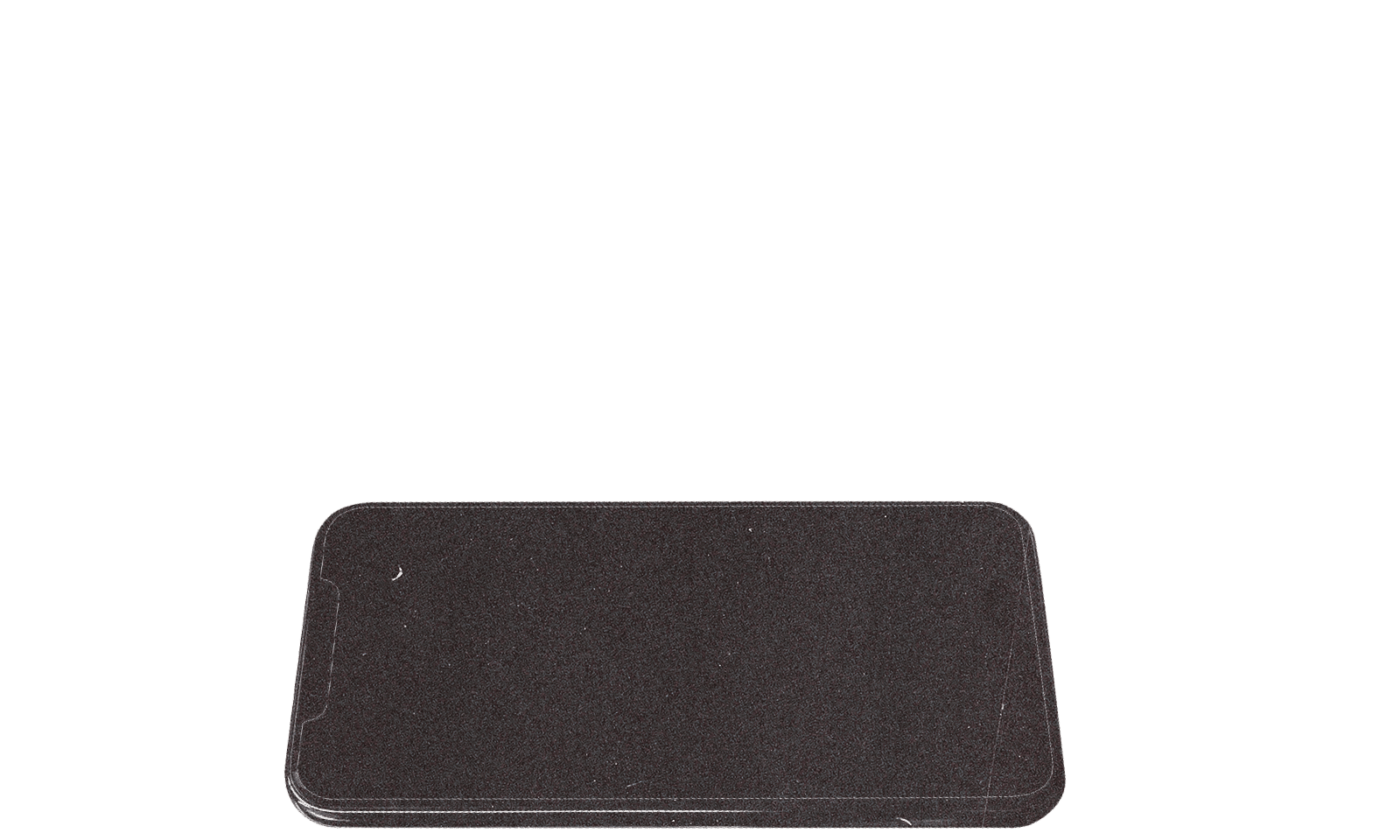Welcome to the positive corner of the internet. Every weekday, we make sense of the confusing world of wellness by analyzing the headlines, simplifying the latest research, and offering quick tips designed to make you healthier in less than 5 minutes. If you were forwarded this message, you can get the free daily email here.
Today’s Health Upgrade
Are you taking your workouts too far?
The recovery mineral
-
The most nutritious fruits and vegetables
Arnold’s Podcast
Want more stories from Arnold? Every day, Arnold’s Pump Club Podcast opens with a story, perspective, and wisdom from Arnold that you won’t find in the newsletter. And, you’ll hear a recap of the day’s items. You can subscribe on Apple, Spotify, Google, or wherever you listen to podcasts.
Spotlight
Are You Taking Your Workouts Too Far?
When you lift weights, do you push yourself to the point where you can’t do another rep? If training to failure feels like the only way to get results, new research suggests it might not be necessary or beneficial, depending on your goal.
A recent analysis found that training close to failure can maximize muscle growth, but pushing to the point of not doing another rep is not necessary and doesn’t help you optimize for strength.
The researchers analyzed 55 studies to determine whether you must push yourself to the absolute limit to achieve your fitness goals. If your goal is increasing strength, the proximity to failure does not appear to make a difference. In other words, you can continue to get stronger even if you leave reps in the tank on each set.
But muscle is different. The closer you get to failure, the more you appear to increase your potential for muscle growth. However, being closer to failure does not mean “task failure,” where you can’t do a single rep more.
While the study has some limitations, other research also suggests that pushing near failure helps muscle growth and that taking every set to failure causes collateral damage. The more you go to failure, the more you increase fatigue and muscular damage. And while some people assume muscular damage is needed for growth, it’s misunderstood. More damage requires more recovery, and a lack of recovery can limit intensity.
If you think of muscle growth as a byproduct of intensity and recovery, you want to push as hard as you can to stimulate growth, but not so hard that you can’t recover well and continue making progress week after week. If you hit failure but aren’t getting stronger or doing more sets and reps with a similar weight, you’re likely building fatigue without stimulating growth.
Research suggests you can build muscle with high or low reps and heavy or lower weights, but both depend on training near failure. So, if you’re doing 15 reps per set but could easily do five more reps, the workout might be challenging, but since you’re not near failure, you’re not maximizing muscle growth.
As a rule of thumb, follow the advice we provide to all members of The Pump app: chase the hard reps.
Your last two or three reps of any set should be a struggle where your rep speed involuntarily slows down because you’re working near failure. If you need another way to measure, you can have approximately one to three “reps in reserve.” In other words, if you want to train near failure, cut a set short when you could still do another 1 to 3 reps, but not more.
Together With Maui Nui
Snack Time
A note from Daniel: Recently, in a Pump Q and A, someone asked us about our favorite high-protein snacks, which are low in fat and calories and don’t taste like a “health food.”
The first thing that came to mind was Maui Nui Venison sticks (sometimes paired with Granny Smith apple).
We’ve raved about Maui Nui’s lean, delicious, environmentally friendly meat, and I’ve shared recipes for my chili and bolognese with venison. They’re one of our favorite partners because they give back to their community, feeding people during Maui’s wildfires year-round, but they also send amazing, healthy meat to our doorsteps.
Maui Nui’s process is so respected that it was selected for Fast Company’s “Top 10 Most Innovative Companies in Agriculture of 2023.”
We always tell you we won’t partner if something isn’t genuine. We are all Maui Nui customers and my freezer is half a deer because I’ve been traveling and not cooking enough.
I always keep the venison sticks in my work bag because they’re quick and easy, and you can’t beat the protein punch. Besides being nutrient-dense from the volcanic soil in Maui, this venison packs 53% more protein per calorie than grass-fed beef and is low in saturated fat. Just look at these stats:
10g Protein
55 Calories
1g Total Fat
Produced in small batches and hardwood-smoked
Super clean and easy to eat, no game at all
Take them anywhere and secure your protein goals.
We have a special deal for you. As a member of the positive corner, you get 20% OFF your first order. Be sure to use the code “PUMPCLUB” when checking out.
I am not joking. I have about 10 of these a week. Trust us, you’ll want to try them out.
Recovery
How Magnesium Reduces Muscle Soreness
If you’re looking for a low-risk, low-cost way to bounce back faster from exercise, your body might need more of a critical mineral.
A new review suggests magnesium supplementation can help reduce muscle soreness, especially for endurance athletes or when following an intense resistance training program.
Magnesium is involved in more than 300 enzymatic processes in your body—including muscle function and recovery—so the researchers wanted to determine whether this essential mineral could help athletes recover faster and reduce delayed-onset muscle soreness (DOMS) from different types of exercise.
The researchers found that magnesium decreased muscle soreness 24, 48, and 72 hours after a long (6-mile) run and improved recovery after a heavy upper body resistance training workout.
If you struggle with muscle recovery, magnesium supplementation is a low-cost, low-risk approach that could help you bounce back faster. Whether you’re an endurance athlete or lifting heavy in the gym, the research suggests about 300 to 500 mg of magnesium daily (based on your body weight and activity level) can help reduce soreness, lower inflammation, and improve muscle function.
Alternatively, you can make changes to your diet to provide your body with more of the nutrients it needs. Magnesium-rich foods like spinach and kale, almonds and pumpkin seeds, beans, avocados, and even dark chocolate are all great natural sources.
Nutrition
The Most Nutritious Fruits and Vegetables
If you struggle to get more fruits and vegetables into your diet, some options appear to provide more bang for their buck.
A new study reveals that the quality of your produce—not just the quantity—could play a key role in protecting you from major chronic diseases like heart disease, diabetes, and cancer.
The study pooled data from three long-running cohort studies analyzing more than 200,000 participants. The scientists investigated how the quality of fruits and vegetables influences the risk of developing major chronic diseases like cardiovascular disease, type 2 diabetes, and cancer.
Researchers examined the consumption of 52 different fruits and vegetables, and 19 were associated with more positive health outcomes.
Some all-star fruits and vegetables include kale, broccoli, spinach, alfalfa sprouts, apples, pears, eggplant, summer squash, mustard greens, Swiss chard, and green and red peppers.
Even if you don’t eat the recommended five servings of fruits and vegetables per day, eating the higher quality produce was linked to better blood pressure, cholesterol, and blood sugar levels, which help reduce the risk of chronic disease.
Prior research has found that for every 200 grams (about 2.5 servings) of fruits and vegetables you eat, you see up to a 16 percent reduction in the risk of premature death, cancer, and cardiovascular disease.
While eating more fruits and vegetables is undoubtedly a net positive for your diet, if your budget or other lifestyle variables limit how many fruits and vegetables you eat, focusing on the more nutrient-dense options can still make a significant difference. The latest study found that your risk of chronic disease drops by 15 percent when you eat more high-quality produce than the lower-quality options.
—
Publisher: Arnold Schwarzenegger
Editors-in-chief: Adam Bornstein and Daniel Ketchell




